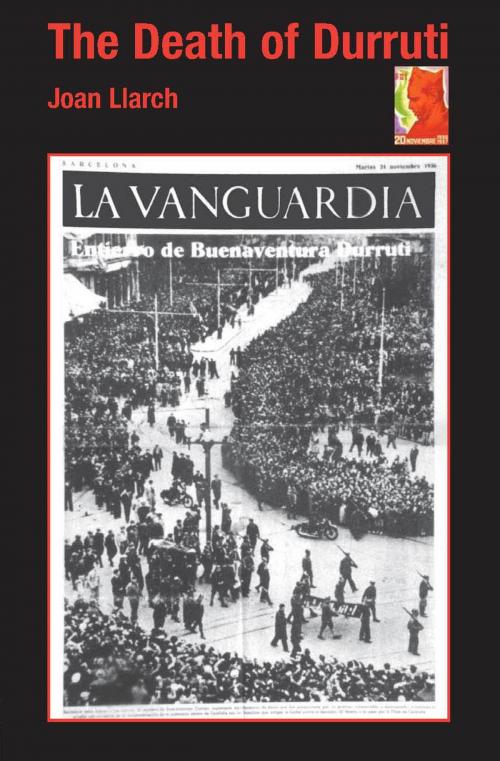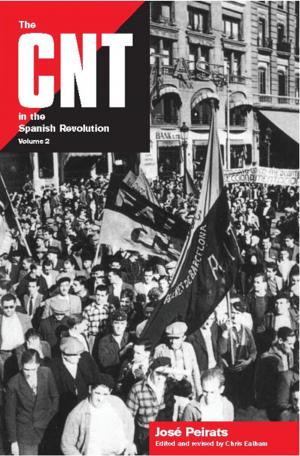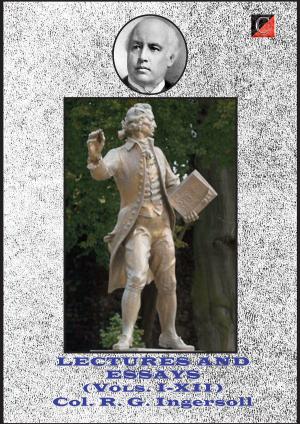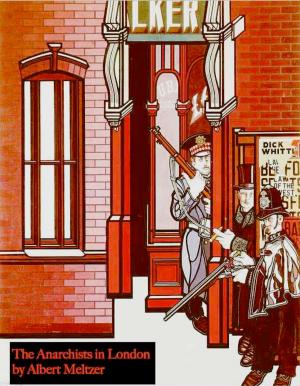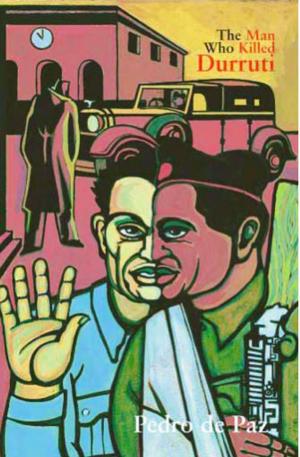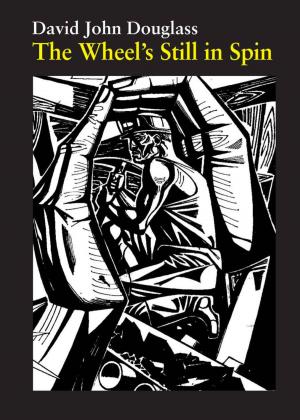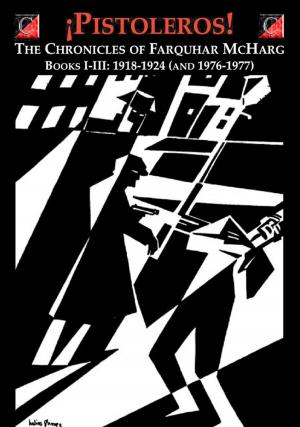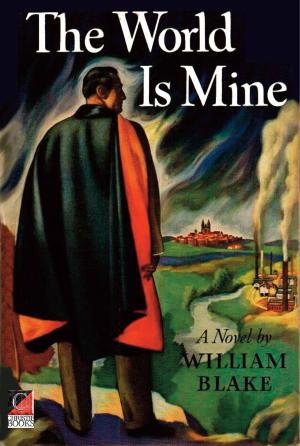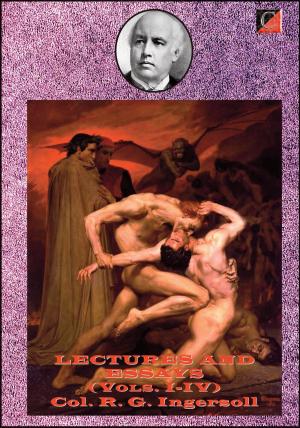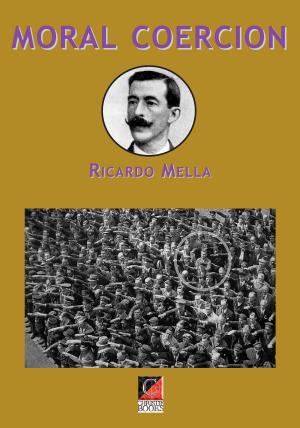The Death of Durruti
Nonfiction, History, Revolutionary, Spain & Portugal, Biography & Memoir, Political| Author: | Joan Llarch, Raymond Batkin | ISBN: | 1230000272838 |
| Publisher: | ChristieBooks | Publication: | October 8, 2014 |
| Imprint: | ChristieBooks | Language: | English |
| Author: | Joan Llarch, Raymond Batkin |
| ISBN: | 1230000272838 |
| Publisher: | ChristieBooks |
| Publication: | October 8, 2014 |
| Imprint: | ChristieBooks |
| Language: | English |
Buenaventura Durruti was the most outstanding figure in Spanish anarchist history. Born in León of Basque and Catalan parents, on 14 July 1896, he dedicated his life from the age of 16 until his untimely death at 40 to the struggle for justice, social revolution and the anarchist idea. It was his commitment to the ‘idea’ that led Durruti to spend the rest of his life in clandestinity, jail, exile and — ultimately — as the inspirational figurehead of the social revolution that confronted the clerical-fascist-military uprising of July 1936.
Shortly after mid-day on 19 November 1936, at the height of the Francoist assault on Madrid, Durruti, accompanied by his driver and military advisers, was mortally wounded in mysterious circumstances and died in the early hours of 20 November, aged 40 years. The circumstances surrounding his death have never been satisfactorily explained.
La Muerte de Durruti (The Death of Durruti) was first published in 1973 and remains, forty years on, the only book devoted, exclusively, to the events leading up to— and after — the death of Buenaventura Durruti, some four months after the outbreak of the Spanish Civil War.
Written in the style of investigative journalism, the author sets out the many conflicting theories that existed at the time and which have remained the subject of debate up to the present day. In addition he has interviewed those who either knew Durruti or had served in the Durruti column up to the time of his death.Buenaventura Durruti was the most outstanding figure in Spanish anarchist history. Born in León of Basque and Catalan parents, on 14 July 1896, he dedicated his life from the age of 16 until his untimely death at 40 to the struggle for justice, social revolution and the anarchist idea. It was his commitment to the ‘idea’ that led Durruti to spend the rest of his life in clandestinity, jail, exile and — ultimately — as the inspirational figurehead of the social revolution that confronted the clerical-fascist-military uprising of July 1936.
Shortly after mid-day on 19 November 1936, at the height of the Francoist assault on Madrid, Durruti, accompanied by his driver and military advisers, was mortally wounded in mysterious circumstances and died in the early hours of 20 November, aged 40 years. The circumstances surrounding his death have never been satisfactorily explained.
La Muerte de Durruti (The Death of Durruti) was first published in 1973 and remains, forty years on, the only book devoted, exclusively, to the events leading up to — and after — the death of Buenaventura Durruti, some four months after the outbreak of the Spanish Civil War.
Written in the style of investigative journalism, the author sets out the many conflicting theories that existed at the time and which have remained the subject of debate up to the present day. In addition he has interviewed those who either knew Durruti or had served in the Durruti column up to the time of his death.
Buenaventura Durruti was the most outstanding figure in Spanish anarchist history. Born in León of Basque and Catalan parents, on 14 July 1896, he dedicated his life from the age of 16 until his untimely death at 40 to the struggle for justice, social revolution and the anarchist idea. It was his commitment to the ‘idea’ that led Durruti to spend the rest of his life in clandestinity, jail, exile and — ultimately — as the inspirational figurehead of the social revolution that confronted the clerical-fascist-military uprising of July 1936.
Shortly after mid-day on 19 November 1936, at the height of the Francoist assault on Madrid, Durruti, accompanied by his driver and military advisers, was mortally wounded in mysterious circumstances and died in the early hours of 20 November, aged 40 years. The circumstances surrounding his death have never been satisfactorily explained.
La Muerte de Durruti (The Death of Durruti) was first published in 1973 and remains, forty years on, the only book devoted, exclusively, to the events leading up to— and after — the death of Buenaventura Durruti, some four months after the outbreak of the Spanish Civil War.
Written in the style of investigative journalism, the author sets out the many conflicting theories that existed at the time and which have remained the subject of debate up to the present day. In addition he has interviewed those who either knew Durruti or had served in the Durruti column up to the time of his death.Buenaventura Durruti was the most outstanding figure in Spanish anarchist history. Born in León of Basque and Catalan parents, on 14 July 1896, he dedicated his life from the age of 16 until his untimely death at 40 to the struggle for justice, social revolution and the anarchist idea. It was his commitment to the ‘idea’ that led Durruti to spend the rest of his life in clandestinity, jail, exile and — ultimately — as the inspirational figurehead of the social revolution that confronted the clerical-fascist-military uprising of July 1936.
Shortly after mid-day on 19 November 1936, at the height of the Francoist assault on Madrid, Durruti, accompanied by his driver and military advisers, was mortally wounded in mysterious circumstances and died in the early hours of 20 November, aged 40 years. The circumstances surrounding his death have never been satisfactorily explained.
La Muerte de Durruti (The Death of Durruti) was first published in 1973 and remains, forty years on, the only book devoted, exclusively, to the events leading up to — and after — the death of Buenaventura Durruti, some four months after the outbreak of the Spanish Civil War.
Written in the style of investigative journalism, the author sets out the many conflicting theories that existed at the time and which have remained the subject of debate up to the present day. In addition he has interviewed those who either knew Durruti or had served in the Durruti column up to the time of his death.
